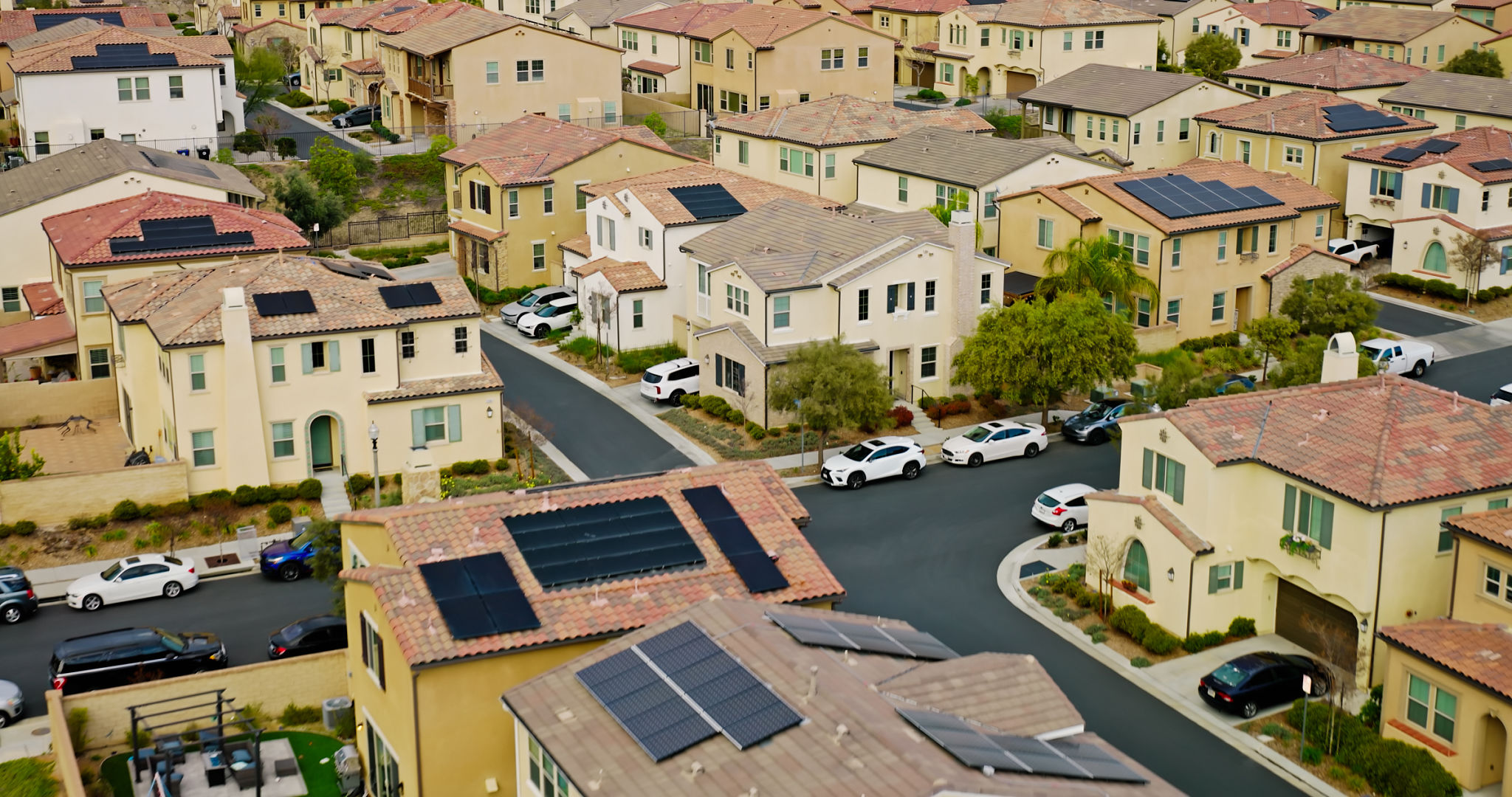Seasonal Strategies for Sustainable Urban Development
Understanding Seasonal Impacts on Urban Development
Urban development is a complex and dynamic process influenced by a multitude of factors. One of the often-overlooked influences is the changing seasons. As cities continue to grow and evolve, integrating seasonal strategies into urban planning becomes essential for creating sustainable environments. By considering how different seasons affect infrastructure, energy usage, and community activities, urban planners can design cities that are not only functional but also resilient.
Seasonal changes can have a significant impact on various aspects of urban living. For instance, winter can bring challenges such as increased energy demands and transportation disruptions, while summer might lead to heat stress and elevated water consumption. Understanding these seasonal variations allows urban planners to devise strategies that mitigate negative impacts and enhance city life year-round.

Incorporating Green Infrastructure
One effective strategy for sustainable urban development is the incorporation of green infrastructure. Green spaces such as parks, green roofs, and urban forests play a vital role in mitigating the urban heat island effect, improving air quality, and managing stormwater runoff. By designing these spaces with seasonal changes in mind, cities can enhance their adaptability to climate variations.
For example, selecting native plant species that thrive in local climates ensures that green spaces remain vibrant throughout the year. This not only beautifies the cityscape but also supports local biodiversity and provides habitats for urban wildlife. Additionally, green infrastructure can help regulate temperatures, reducing the need for artificial cooling or heating during extreme weather conditions.
Energy Efficiency and Renewable Solutions
Seasonal strategies in urban development also involve optimizing energy efficiency. During colder months, cities can benefit from improved insulation and passive solar design to reduce heating needs. In contrast, during hotter periods, implementing shading solutions and natural ventilation can decrease reliance on air conditioning systems.

Moreover, investing in renewable energy sources like solar and wind power can provide sustainable energy solutions that adapt to seasonal variations. For instance, solar panels can be oriented to maximize winter sun exposure while minimizing overheating during summer. These renewable solutions not only reduce carbon footprints but also contribute to energy security.
Adapting Public Transportation Systems
Public transportation is another critical area where seasonal strategies can enhance urban sustainability. Weather conditions significantly affect transportation efficiency and safety. Therefore, designing resilient transport systems is crucial for maintaining connectivity and reducing emissions throughout the year.
- Winter-ready transit: Implementing heated tracks and anti-icing technologies can prevent delays caused by snow and ice.
- Summer enhancements: Adding shaded waiting areas and air-conditioned vehicles improves comfort during hot weather.

By addressing these seasonal challenges, cities can ensure reliable public transportation systems that encourage more residents to opt for public transit over personal vehicles, further promoting sustainability.
Community Engagement and Seasonal Events
Incorporating community engagement in seasonal urban strategies is vital for fostering a sense of belonging and enhancing quality of life. Organizing seasonal events in public spaces encourages residents to interact with their environment and each other, strengthening community bonds.
Events such as winter markets, summer festivals, or spring gardening workshops can be held in parks or community centers, making use of the city's natural and built environments. These events not only enrich social experiences but also promote local businesses and cultural diversity.
By integrating seasonal strategies into urban development planning, cities can become more sustainable and resilient. Such an approach not only addresses immediate challenges posed by seasonal changes but also contributes to long-term urban sustainability goals. As cities continue to grow, embracing these strategies will be crucial in creating environments that are adaptable, efficient, and vibrant year-round.